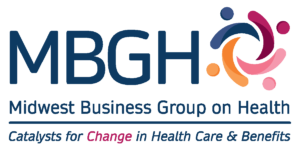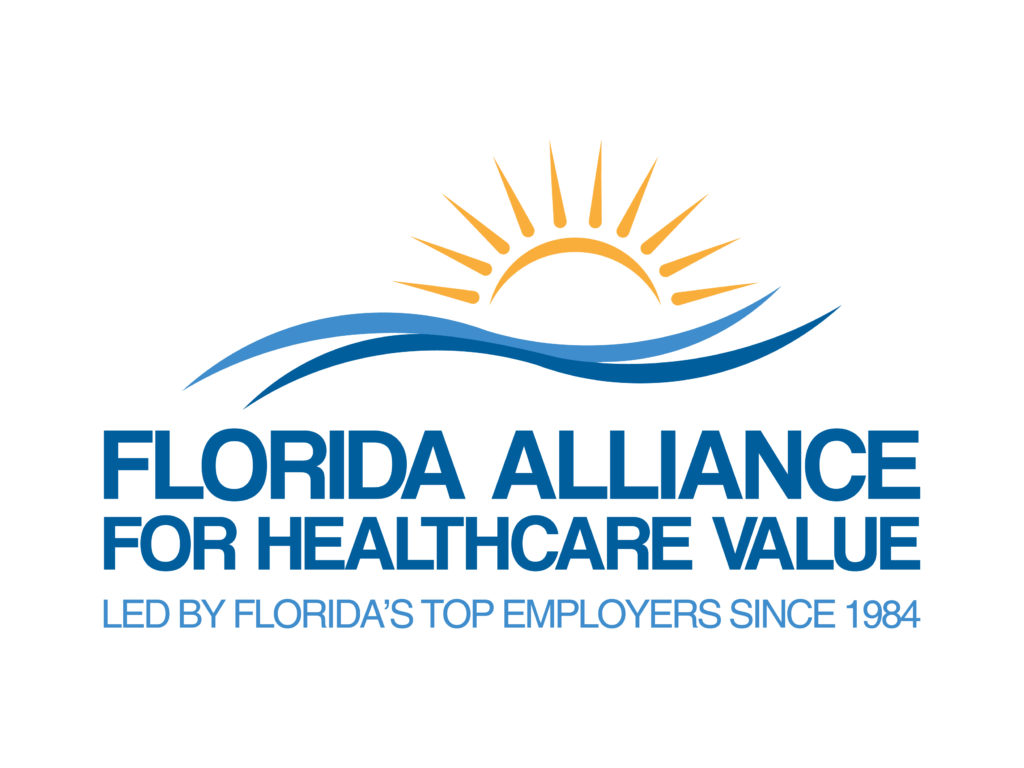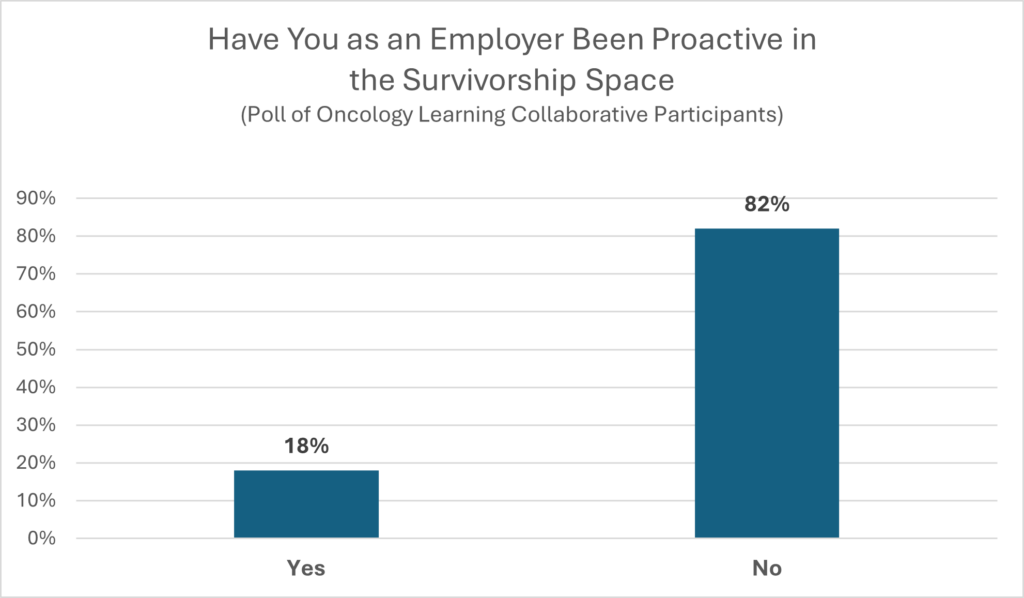

Oncology Learning Collaborative Partnership
This section covers:
Survivorship
By 2040, the survivorship of cancer in the US is estimated to be 26.1 million. People with cancer are living longer, with survivorship care including recovering from cancer and promoting health. A person is a survivor starting at the time of diagnosis, during and right after treatment, and through the balance of their life. The definition of survivor must include caregivers, family, friends, and colleagues of the patient. Cancer should now be viewed as a chronic disease that should be well-managed.
to be 26.1 million. People with cancer are living longer, with survivorship care including recovering from cancer and promoting health. A person is a survivor starting at the time of diagnosis, during and right after treatment, and through the balance of their life. The definition of survivor must include caregivers, family, friends, and colleagues of the patient. Cancer should now be viewed as a chronic disease that should be well-managed.
Survivorship Care Standards include:
- Prevention of late effects of cancer and treatment
- Routine testing for the return of cancer. Employers report some members do not go for routine testing because they don’t want to go through it or put their families through it again. This is often driven by financial concerns
- Assessment and treatment of late effects of cancer and treatment
- Coordinated care between providers
- Planning for ongoing survivorship care

During the OLC webinar when survivorship was discussed, we received this comment from a virtual attendee:
“Survivorship was something I wanted to work on when my father had cancer and the care team was open to the concepts and questions we asked. But it was something we had to push for, it was not offered to us.”
Pfizer’s “This is Living with Cancer” Program: This program provides tools and resources to support those who have been affected by cancer, including a mobile app designed to help manage some of the daily challenges faced by people living with cancer.
Northeast Business Group on Health’s Cancer Survivorship: Challenges and Opportunities for Employers: This guide identifies how employers can get help for each category of needs – physical health, mental and social health, wellness and healthy lifestyle, family and friends, finances, and workplace accommodations.
Merck’s Insights Into Survivorship Care – Providing Care for Cancer Survivors: This presentation reviews the importance of cancer survivorship care, discusses the impact of adverse events and the role of palliative care for long-term cancer patients, and discusses the utility of a survivorship care plan in clinical practice.
Survivorship, Surveillance & Back to Work
Conversation Tips about Cancer
Return to Work
Physicians have begun to recommend that people work during the treatment process. Research says those who return to work during treatment, full- or part-time, have better outcomes. Financial stress negatively impacts cancer patient outcomes and patients cite both financial and emotional reasons for going back to work. They feel the job restores normalcy, stability, social contact, and income.
For businesses, supporting the return to work improves retention of experienced employees, reduces sickness-related absences, and sustains a productive workforce. Employers can create a culture that supports the employees and helps them adapt to challenges they face from their illness. Employers must comply with employment laws. People with cancer may face discrimination because of assumptions about their ability to work even though they may be as productive on the job as other workers. They still may need to modify their work schedules or responsibilities or take time off for cancer treatment.
Possible accommodations include working from home, flextime, modified schedule, exchanging shifts, change in duties, graduated return to work, additional breaks, and access to a private place to take medications. The Americans with Disabilities Act (ADA) may protect the employee’s right to equal employment opportunities. It requires the employers to provide reasonable accommodations that are not an undue hardship. Employers should help the employee find information about the company’s sick leave and paid time off, state disability insurance, state-paid family leave, federal unpaid leave, the EAP, and mental health and well-being resources.

Rosa Novo, Administrative Benefits Director at Miami-Dade County Public Schools
“We provide up to three years of paid medical leave that includes the continuation of School Board paid benefits.
Additionally, most employees are eligible to enroll in the sick leave bank allowing them to use sick days when exhausting their own.”
© Copyright 2024 Central Florida Health Care Coalition, Incorporated d/b/a Florida Alliance for Healthcare Value
The Central Florida Health Care Coalition, Incorporated d/b/a Florida Alliance for Healthcare Value is providing this information to our employer members solely in our capacity as a 501c3 nonprofit education organization and not as advice in any capacity. The information that is not in the public domain is private and confidential.
